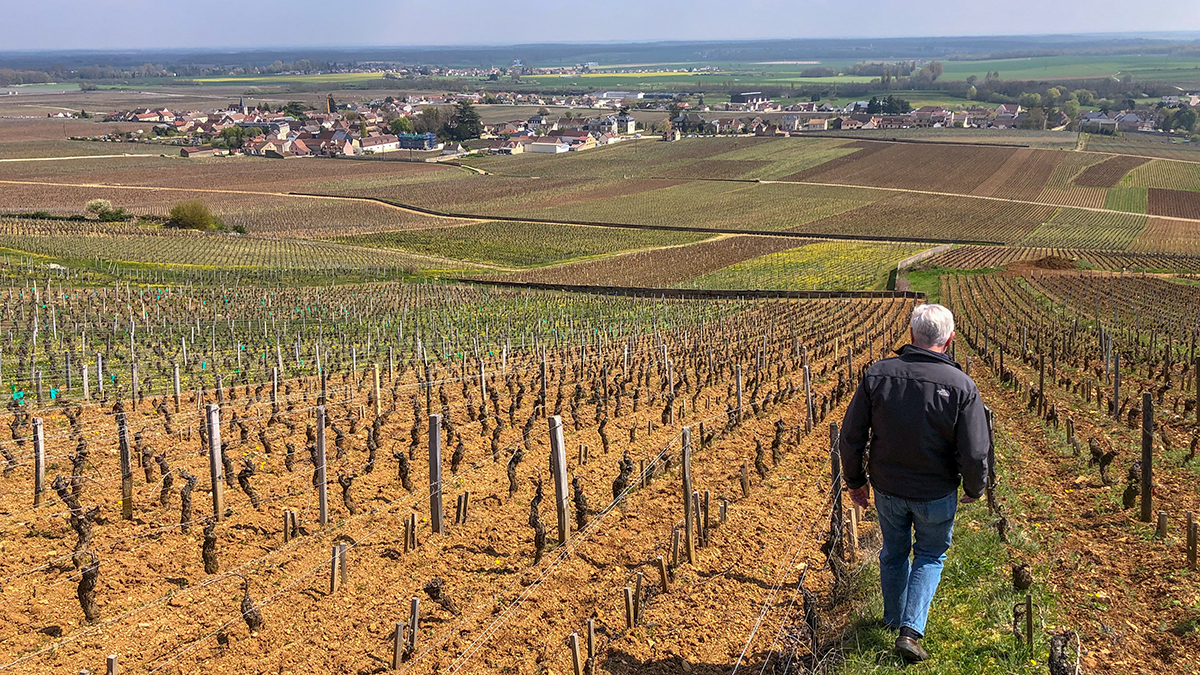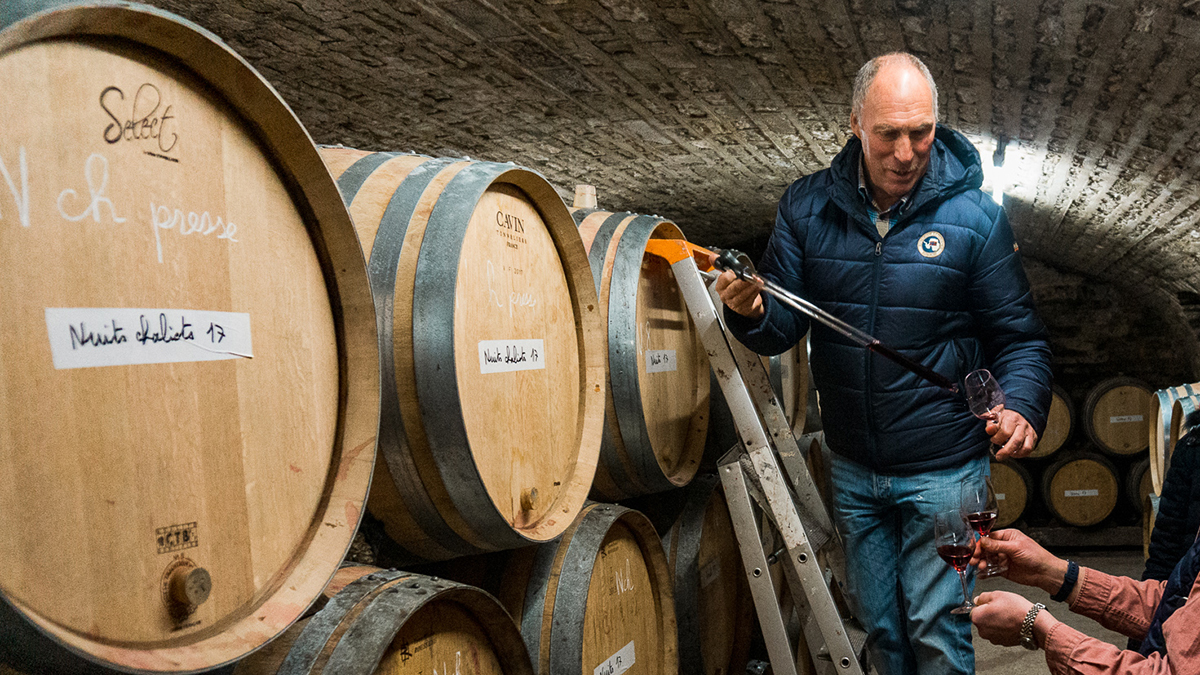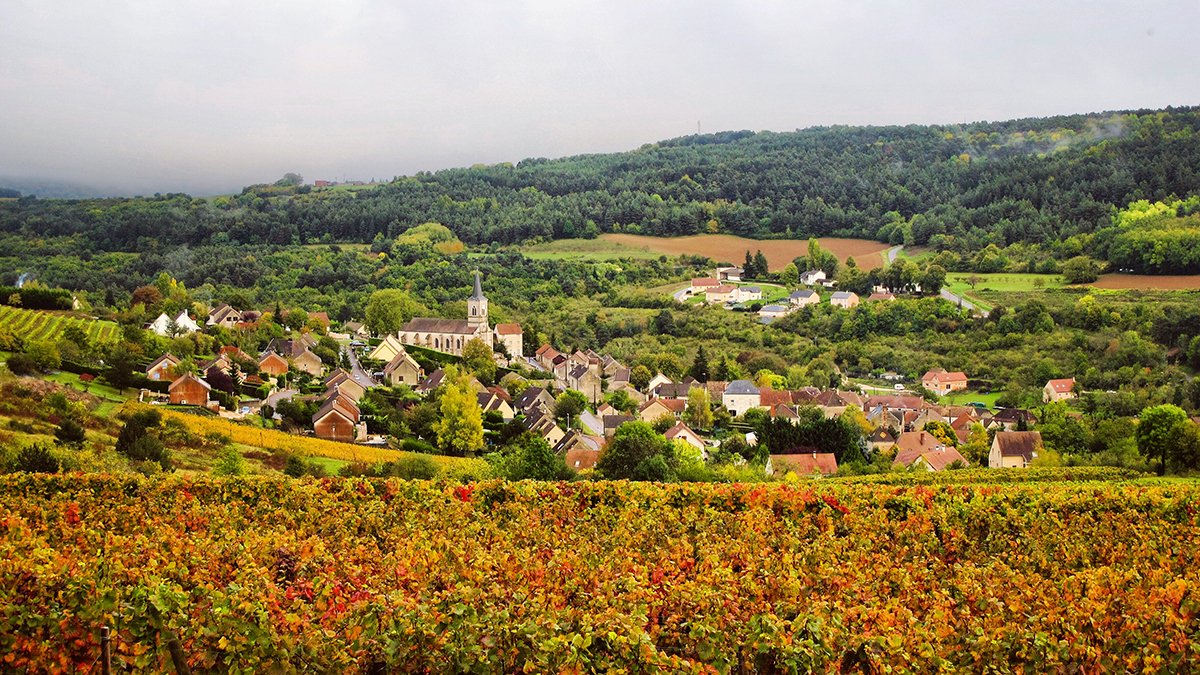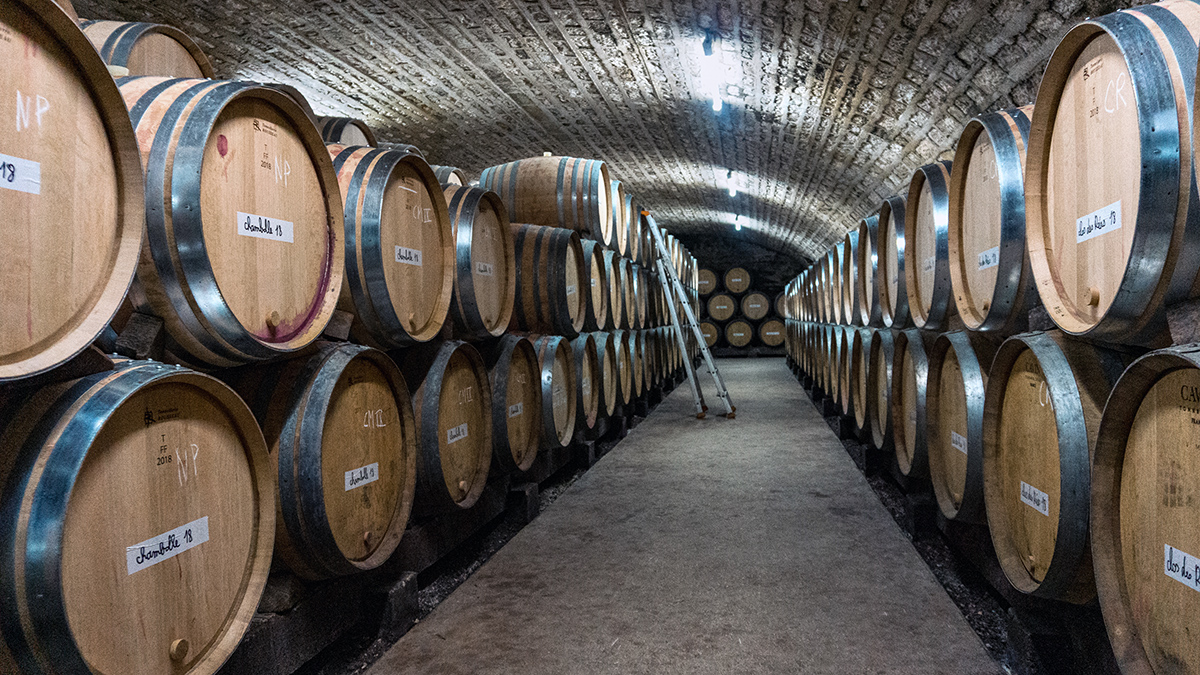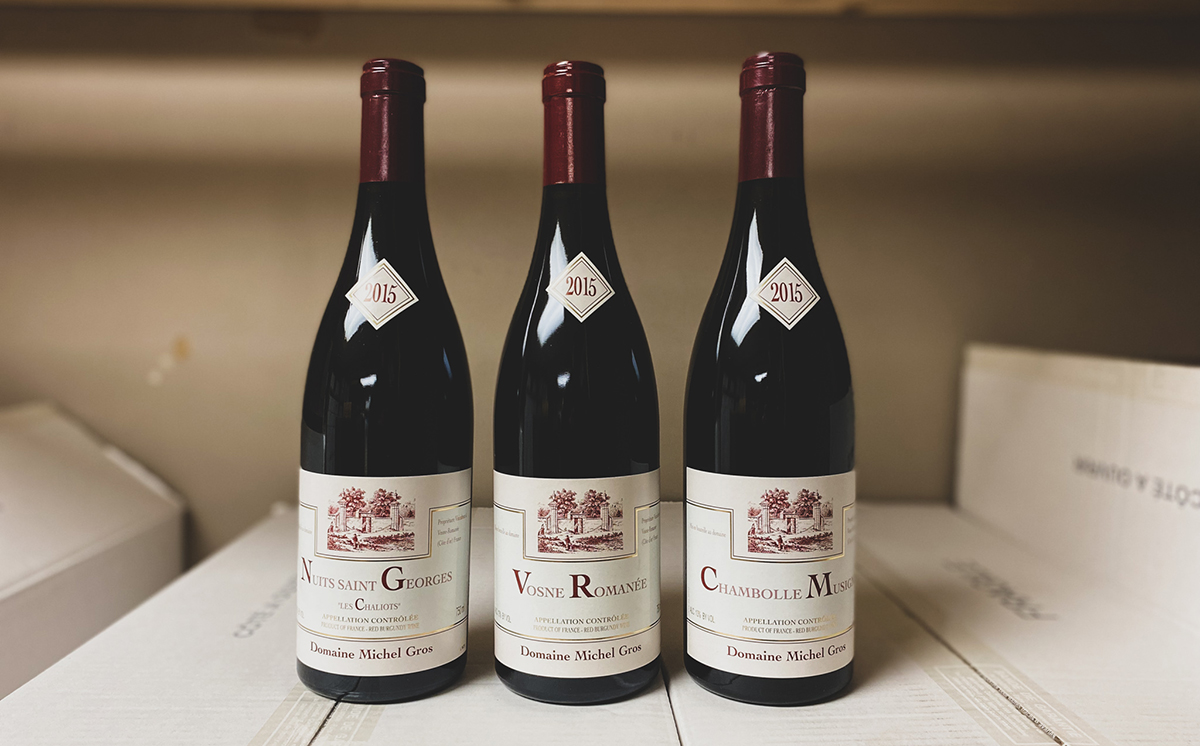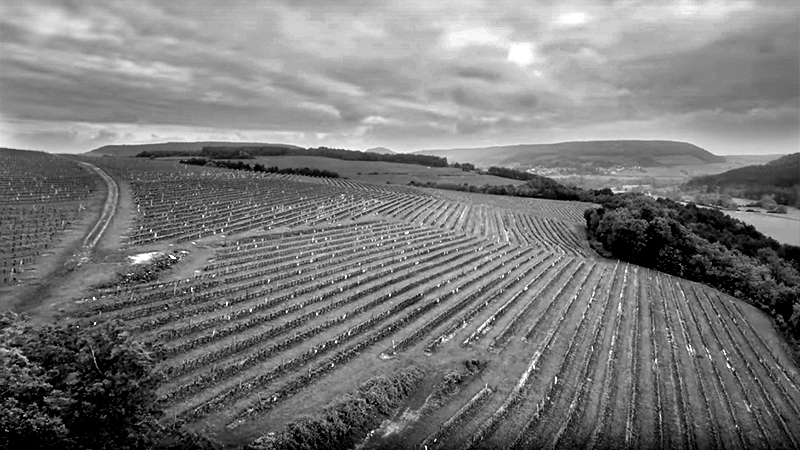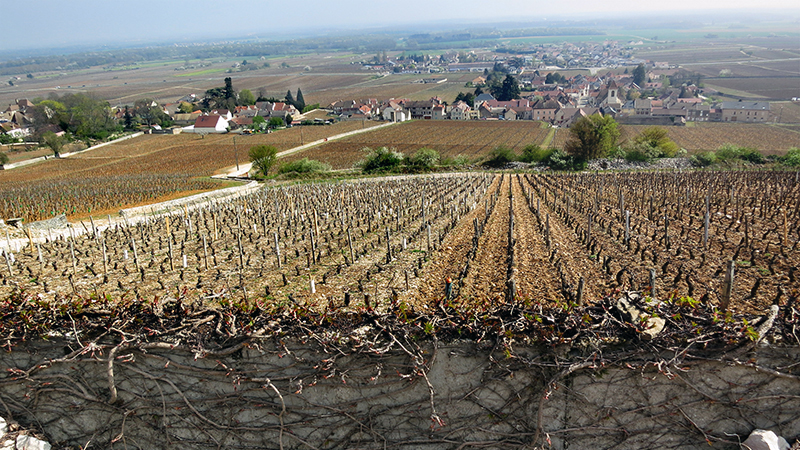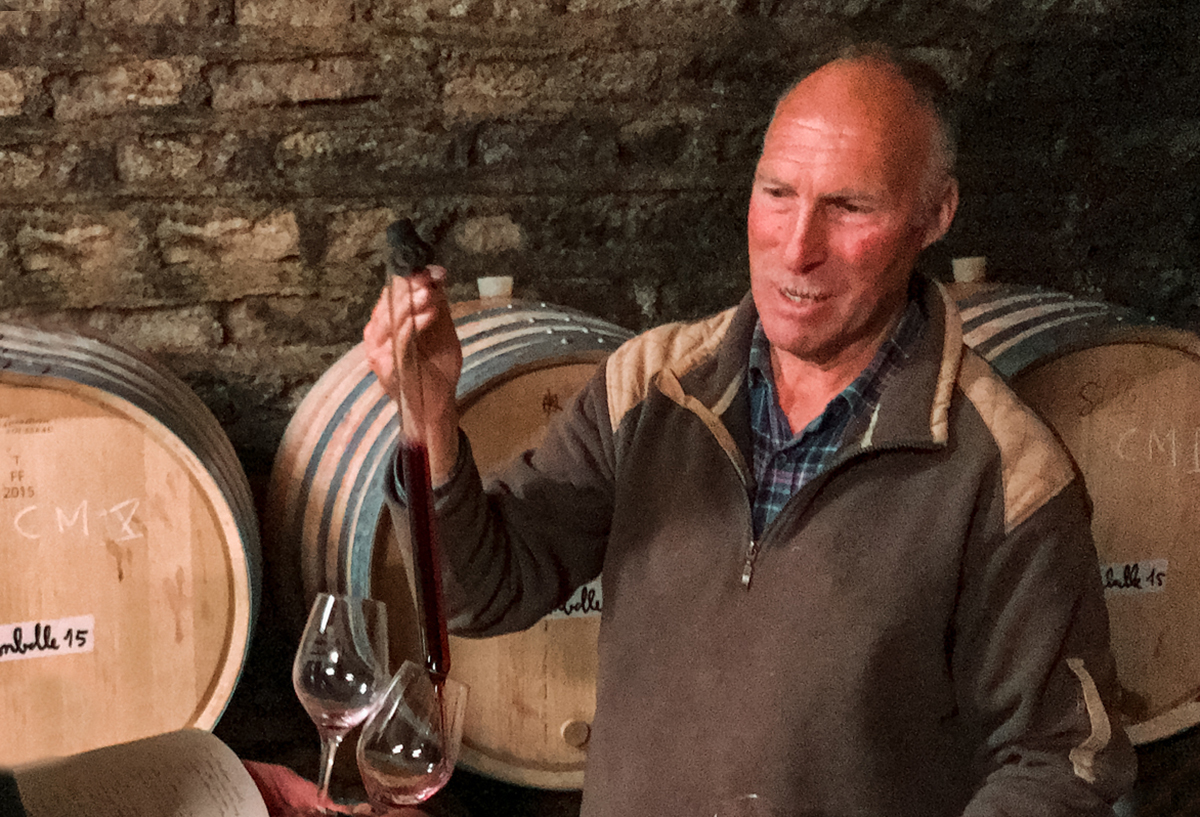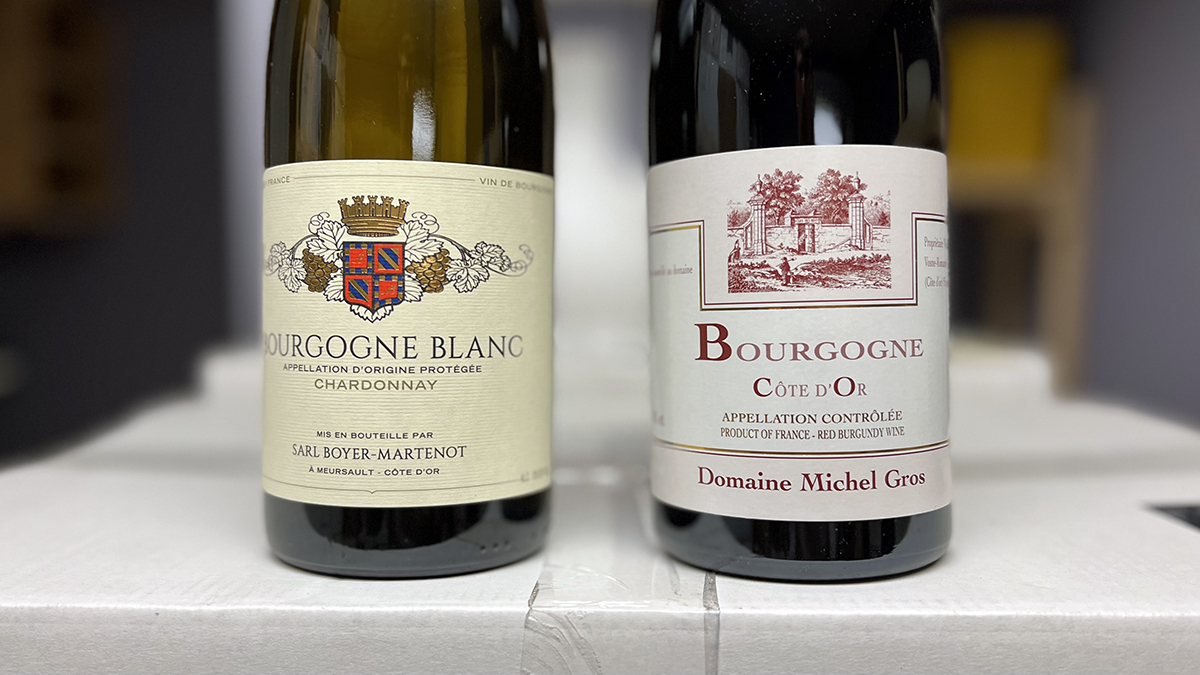
Each fall, as we compile the lineup for our October Futures, we search for something other than Michel Gros’s Bourgogne rouge to offer as our early preview. And every year we come up short – for value, price point, and availability, it’s just too hard to beat. So last year, instead of a replacement, we found it some company.



